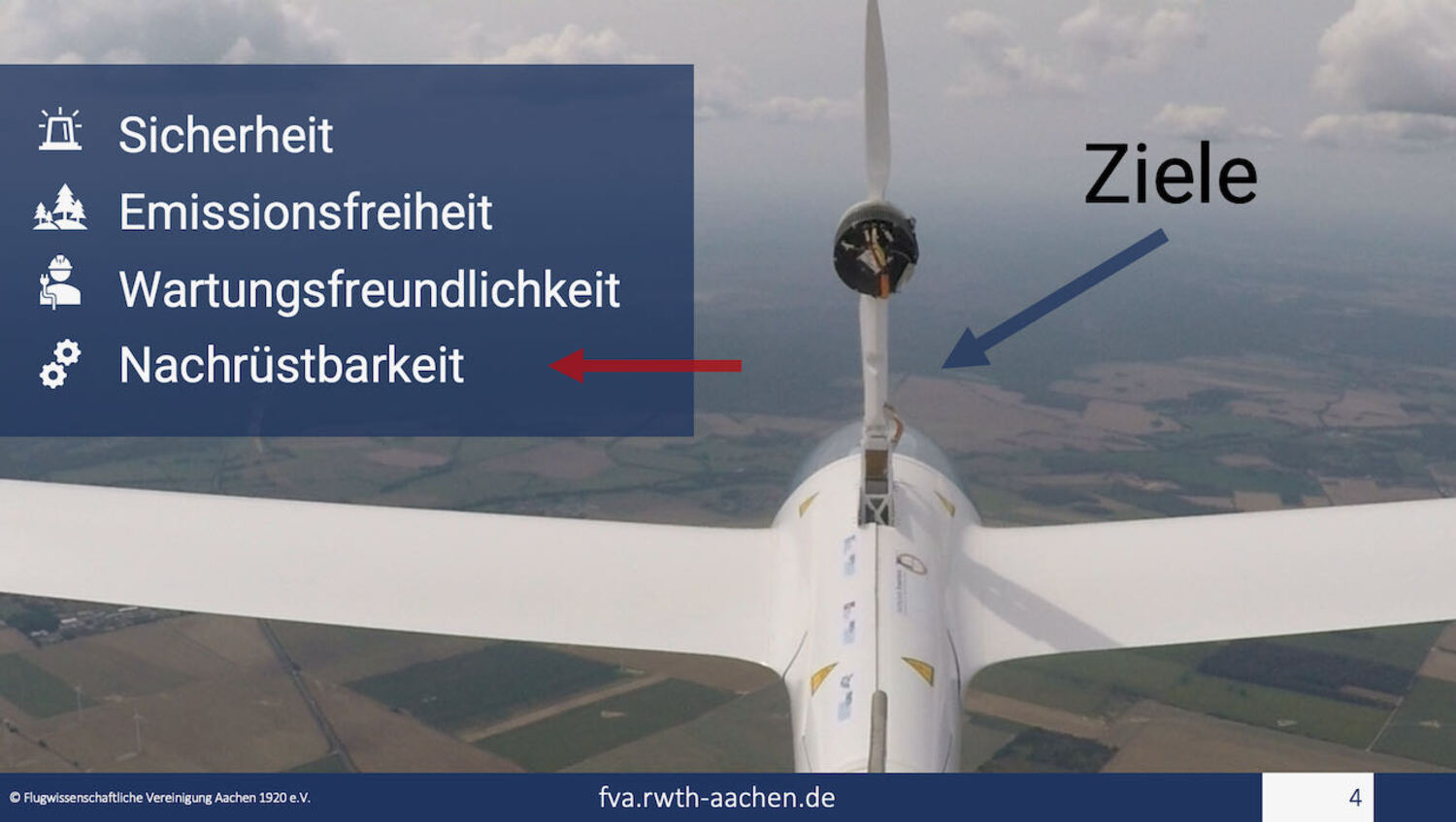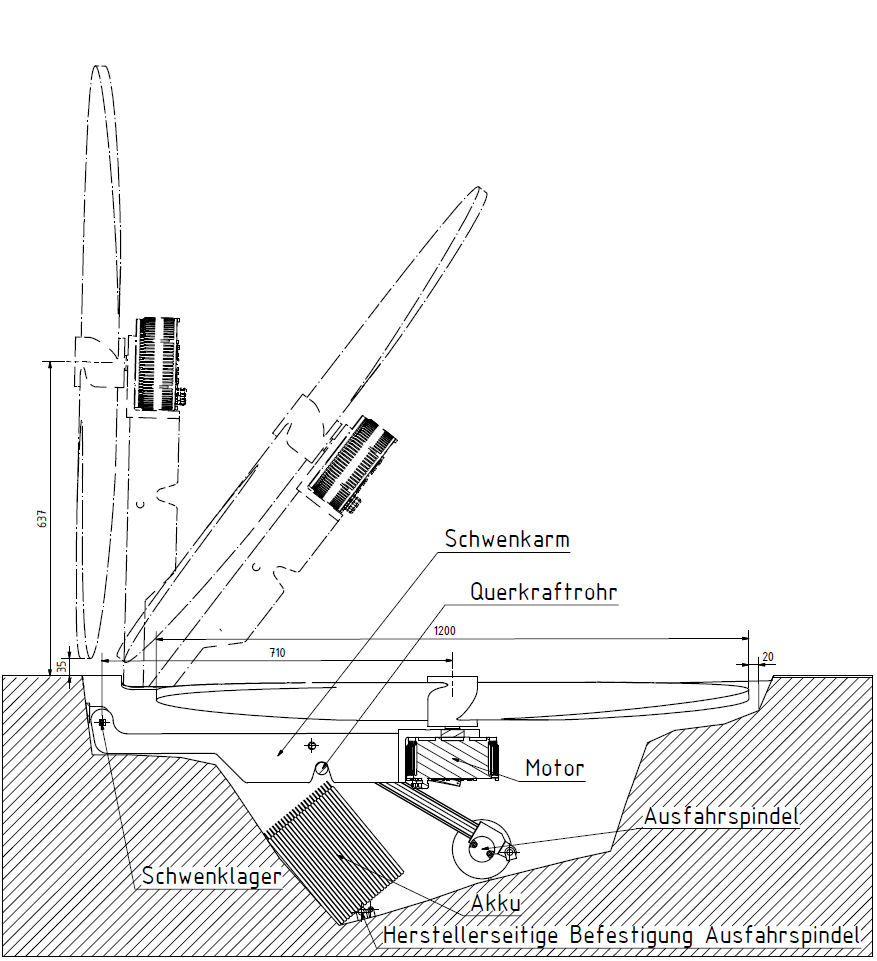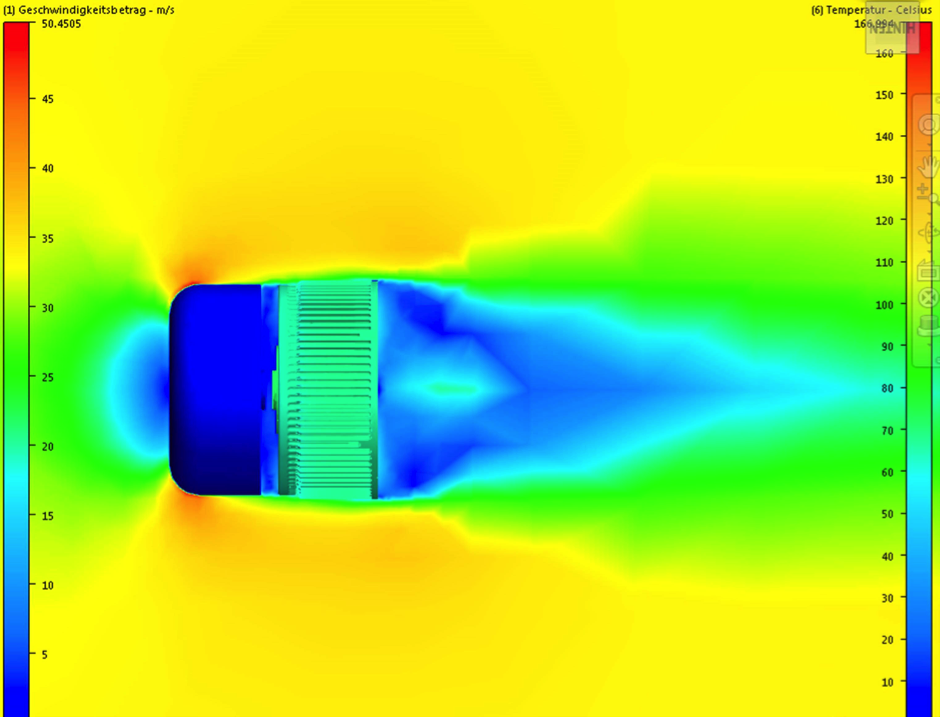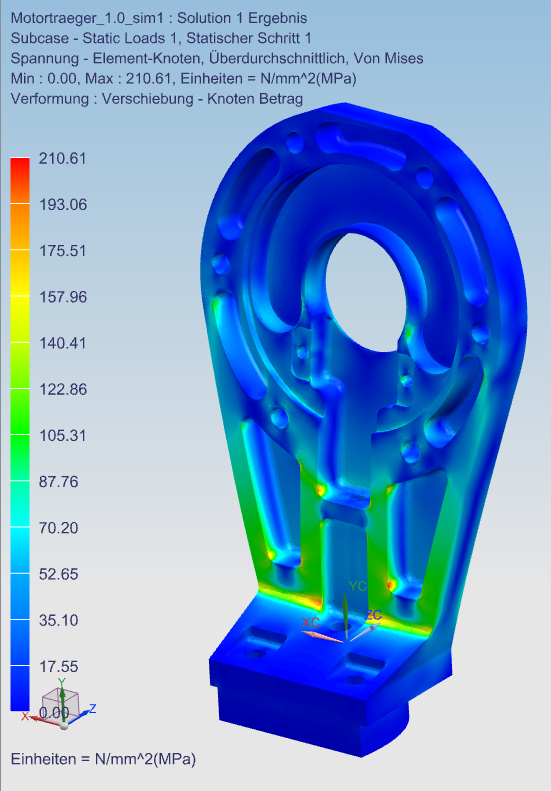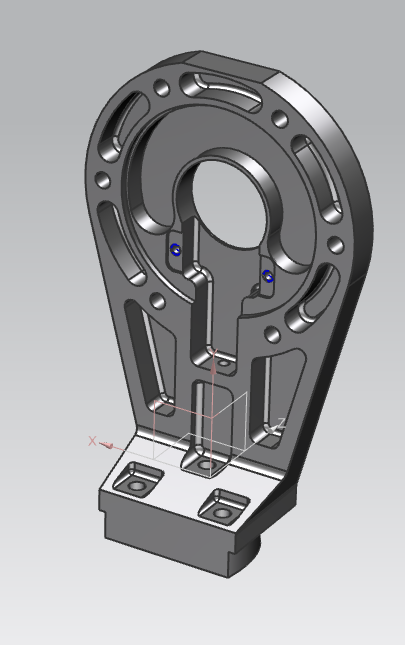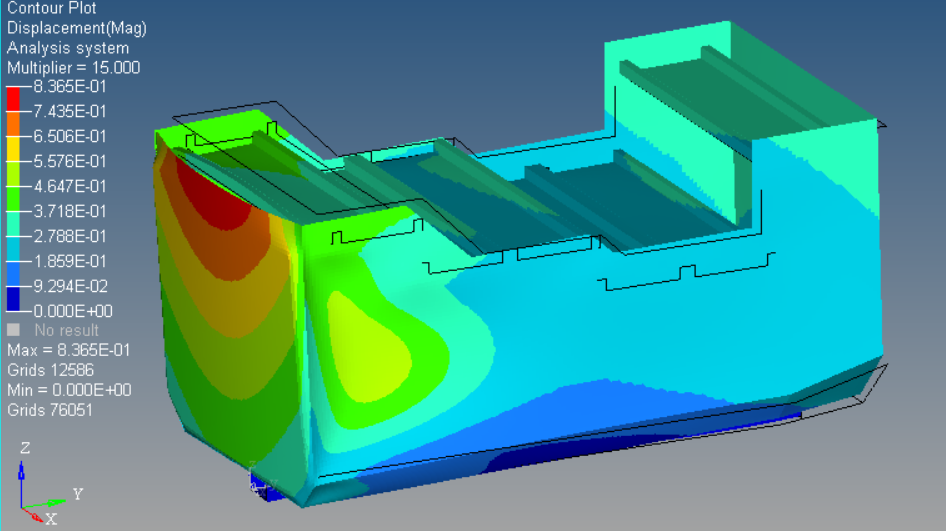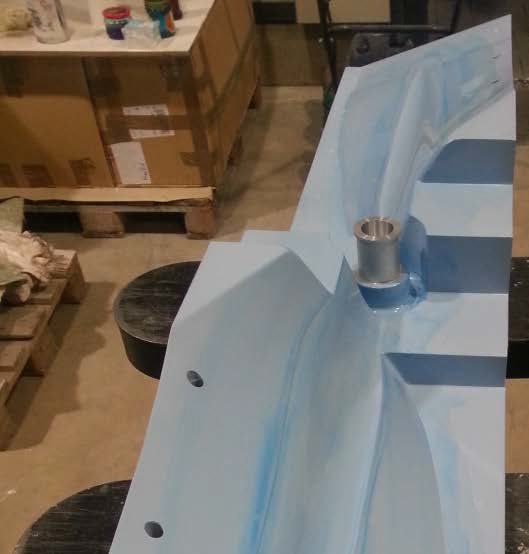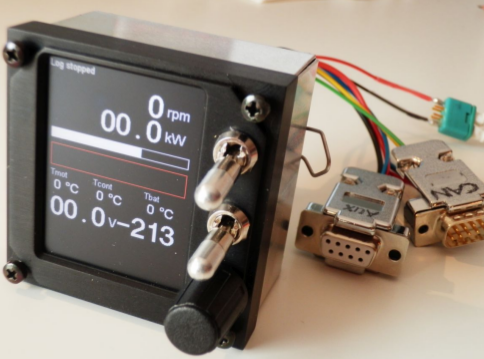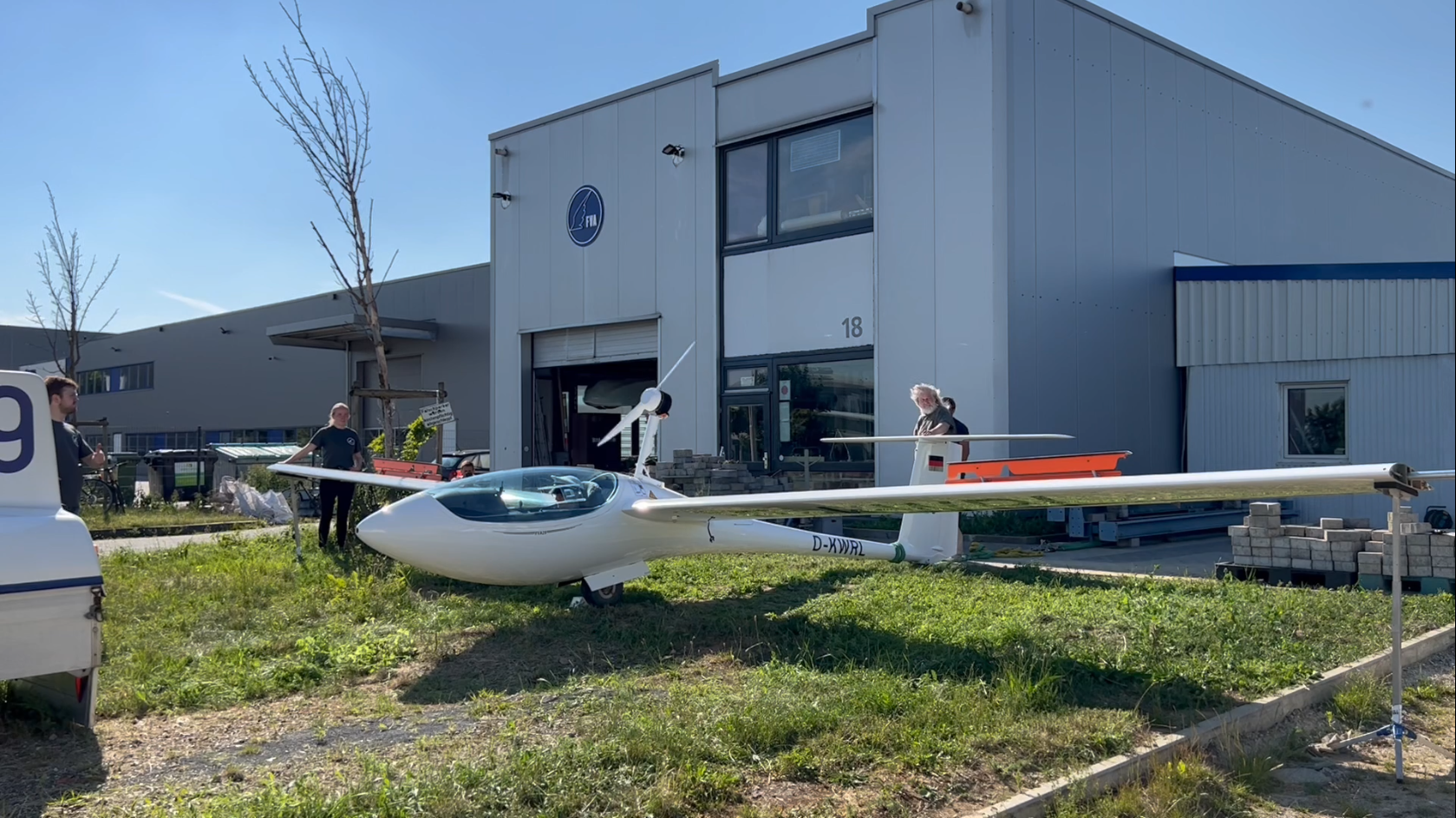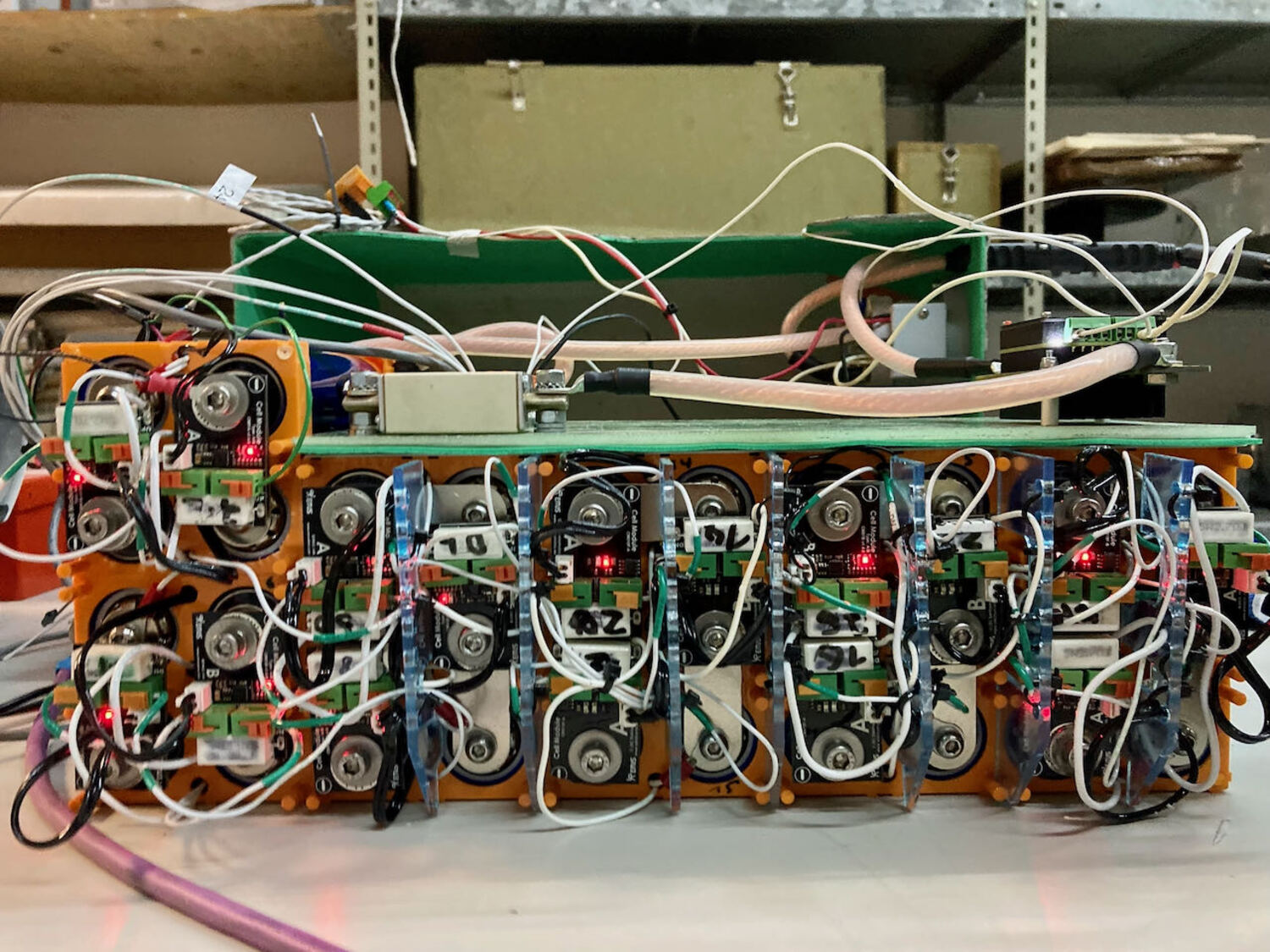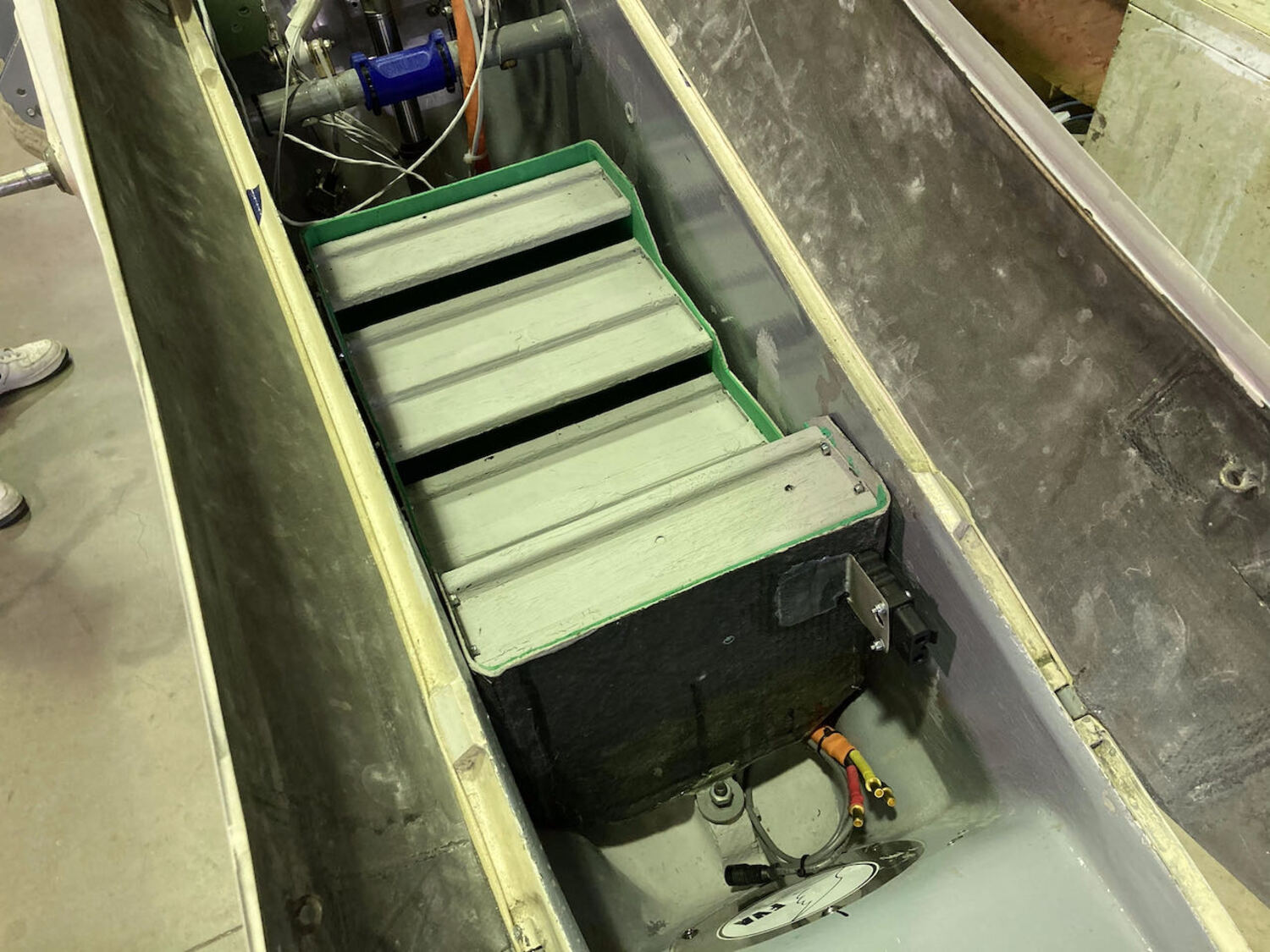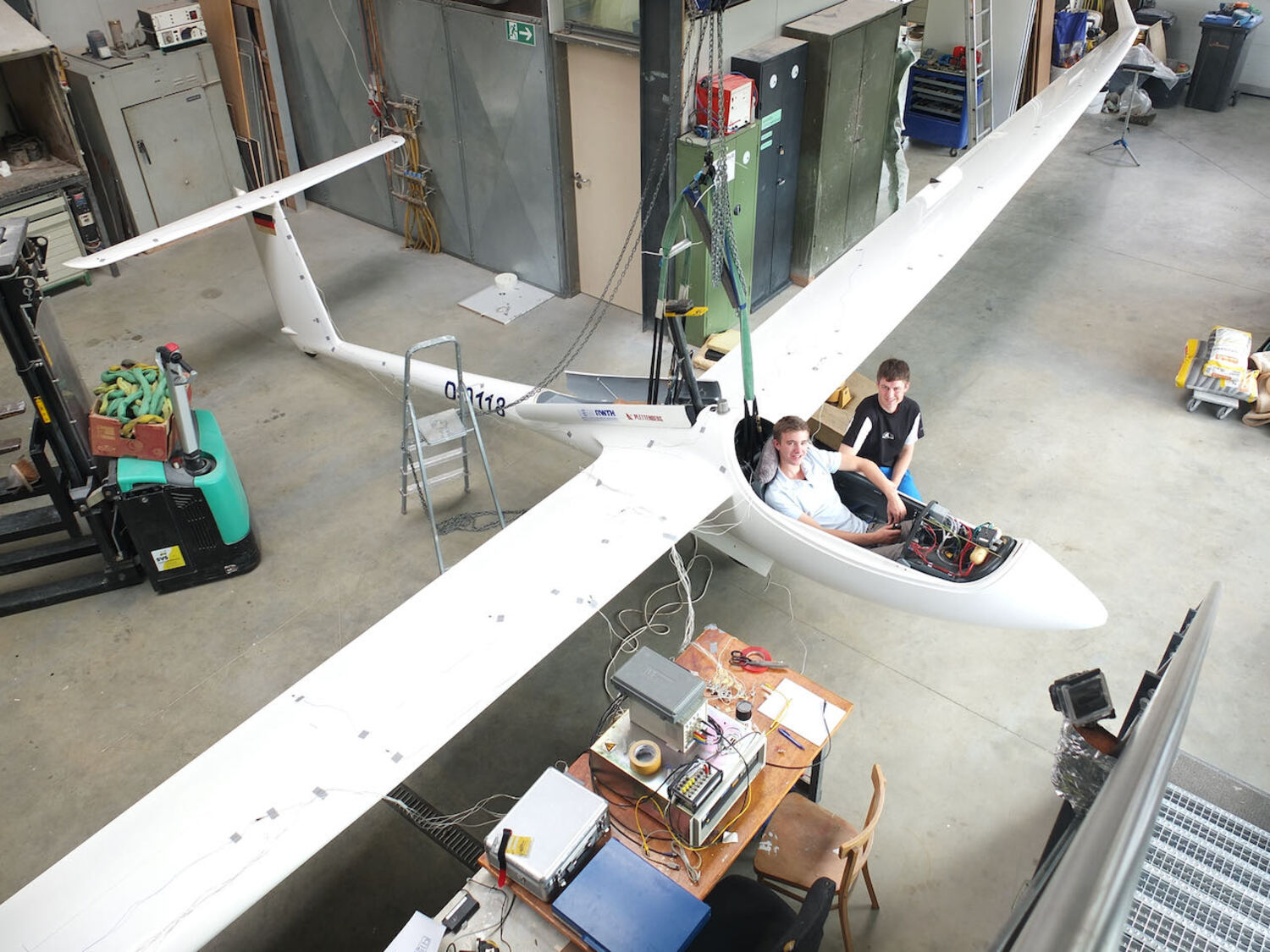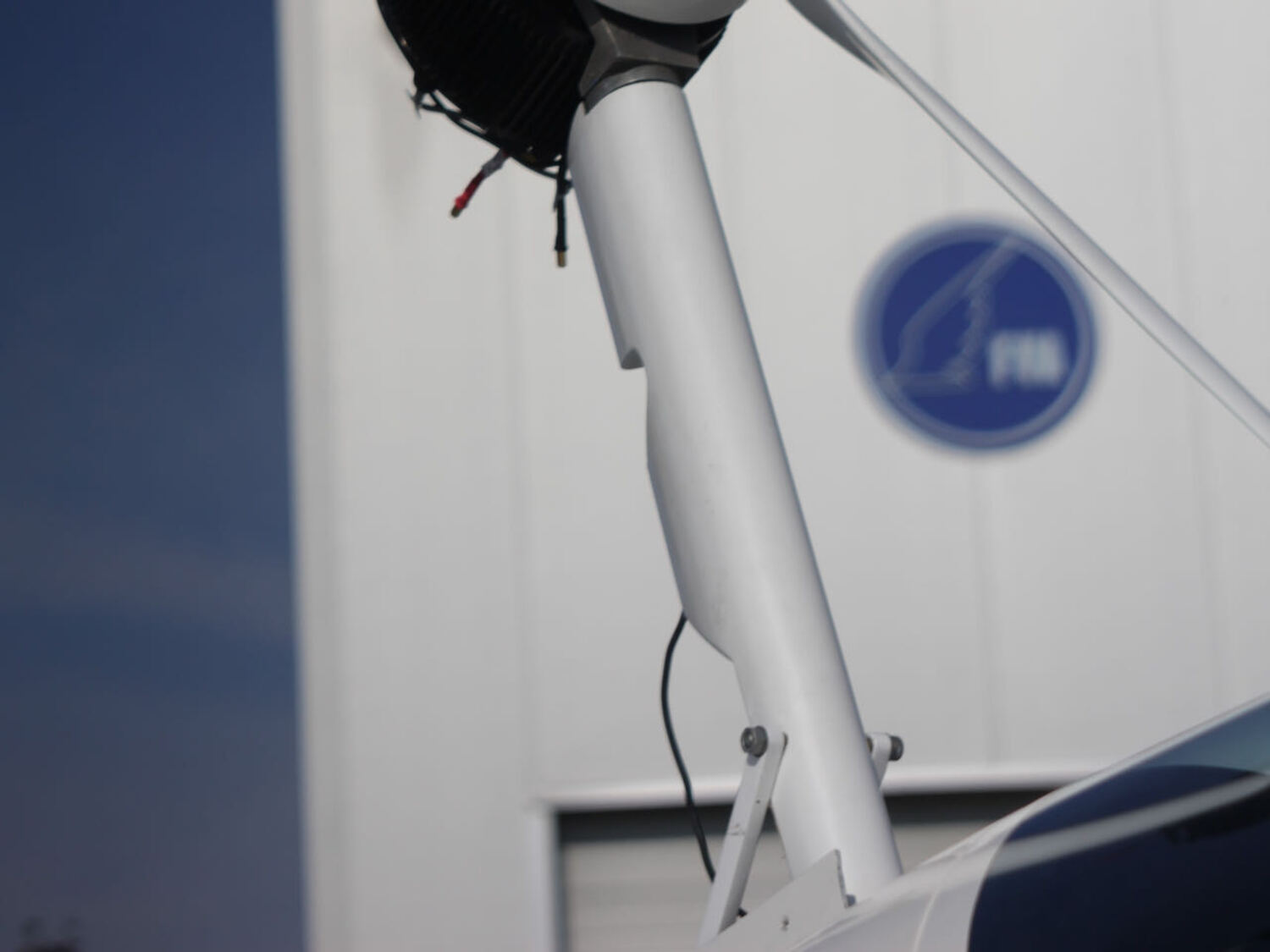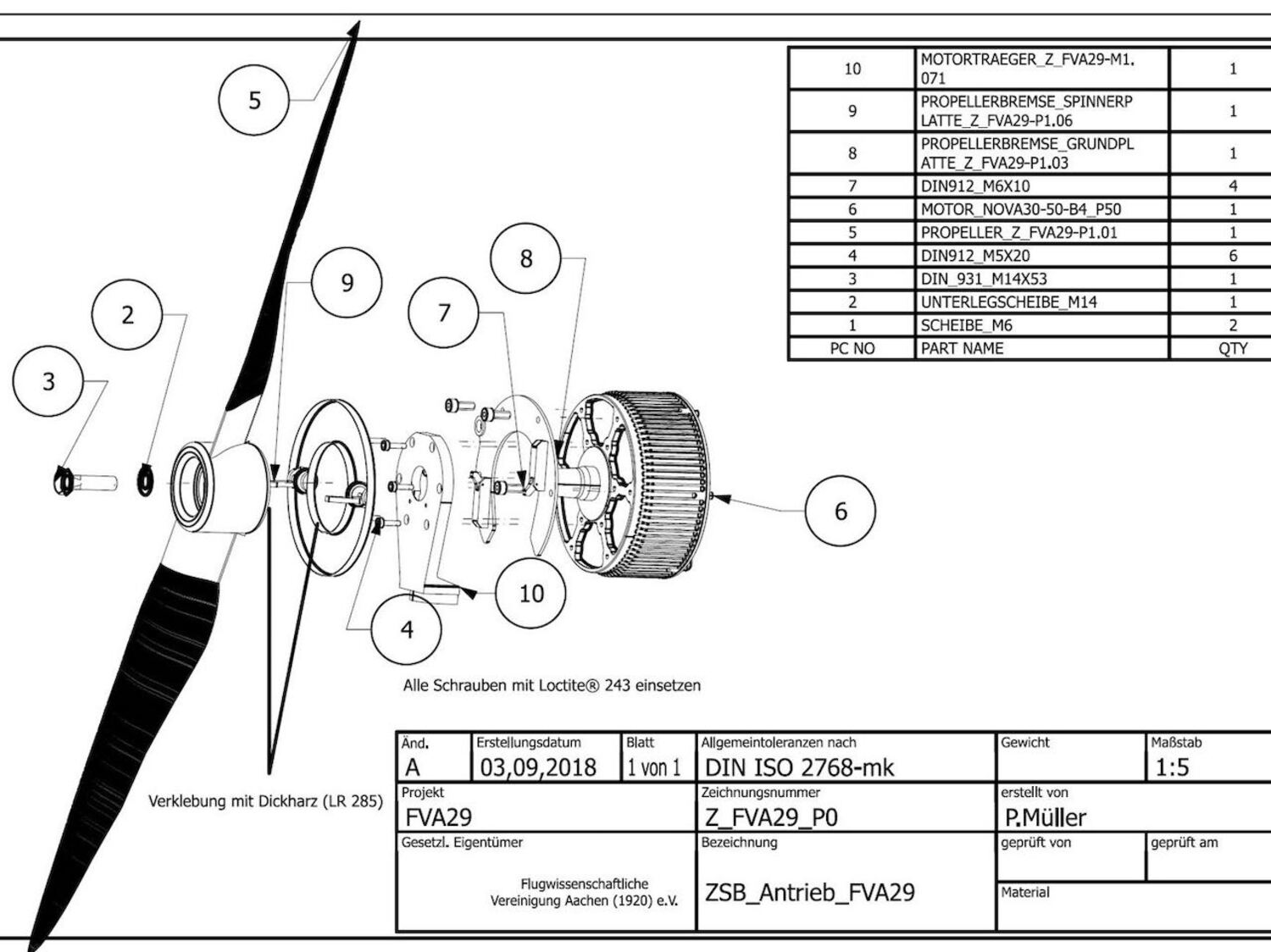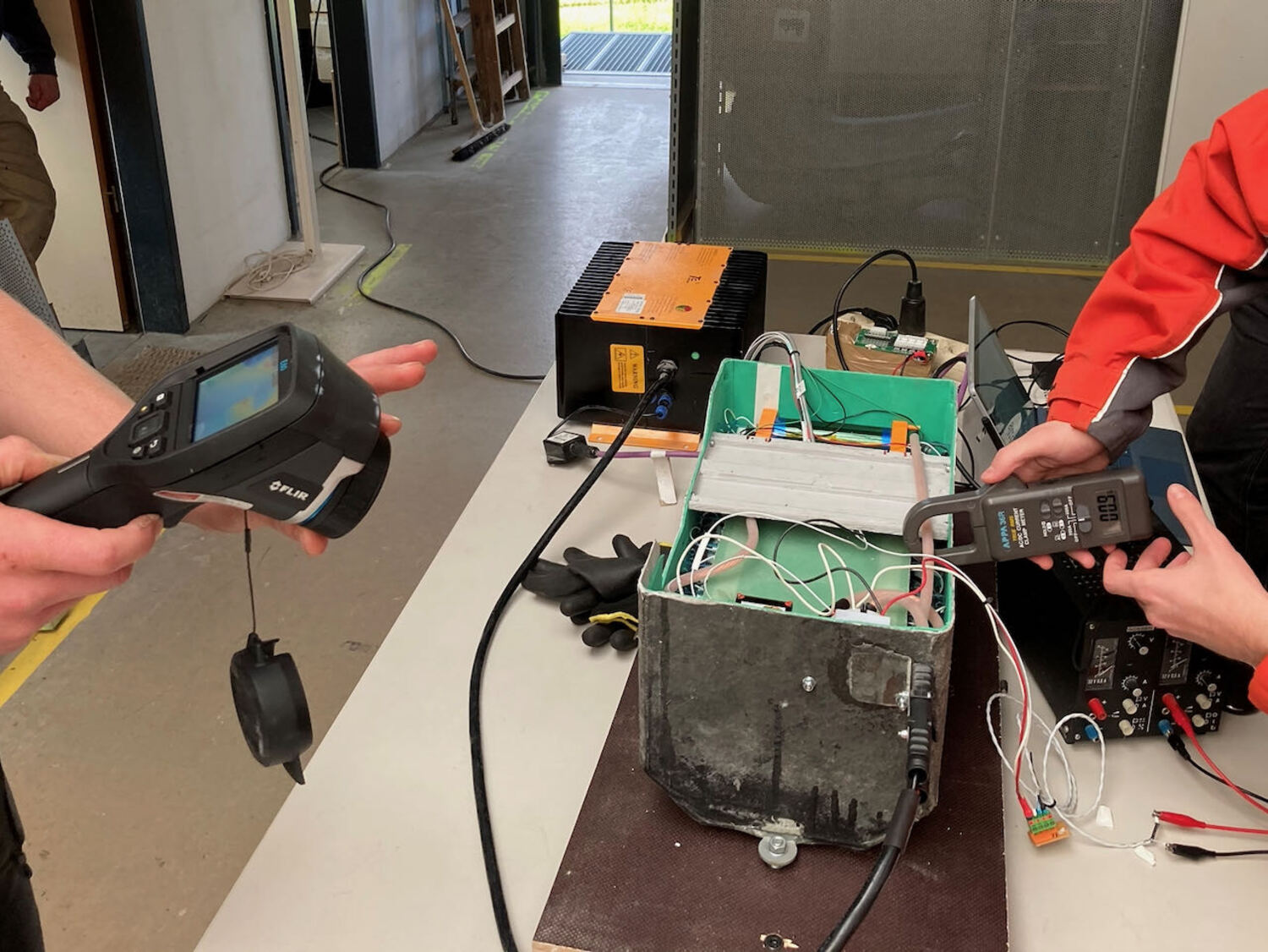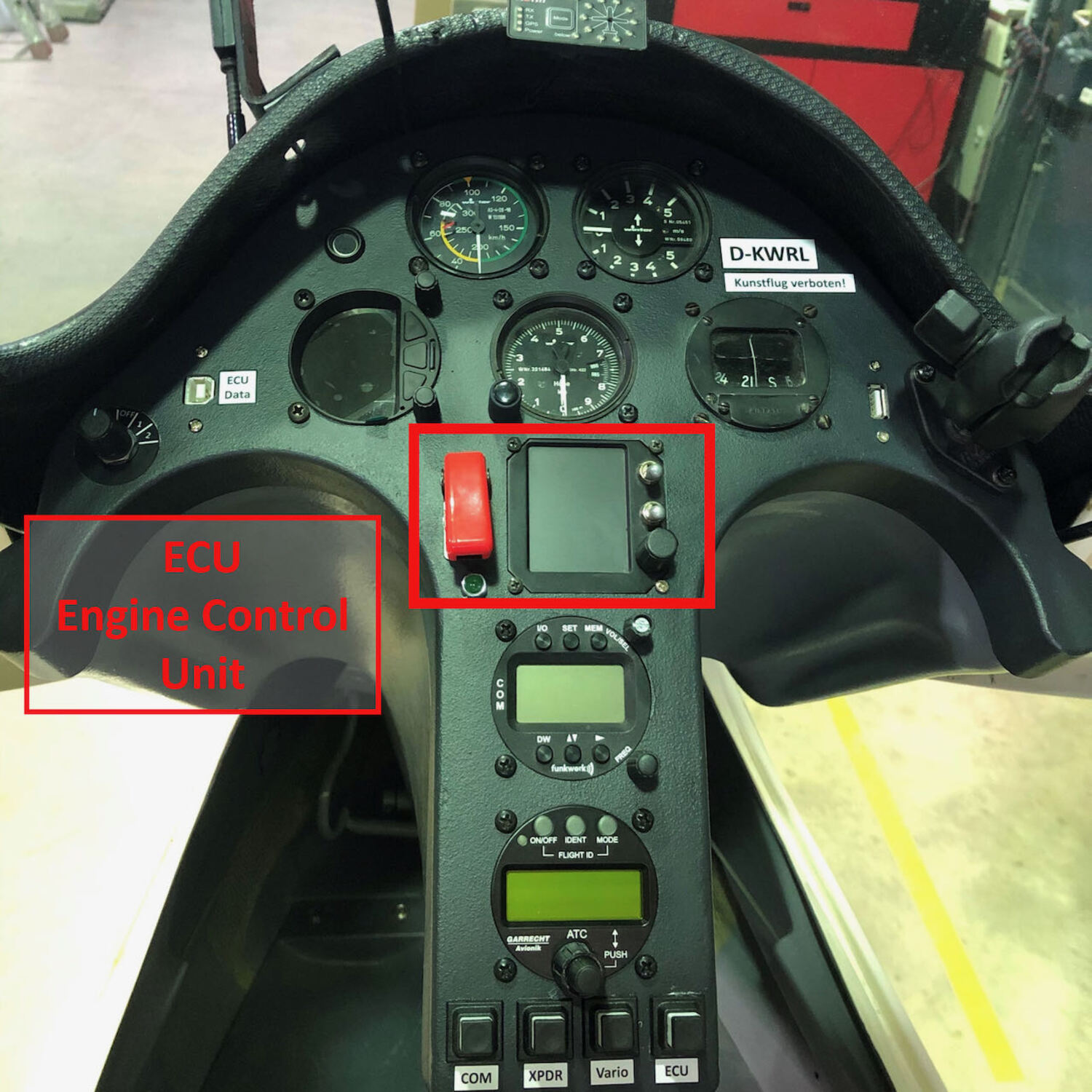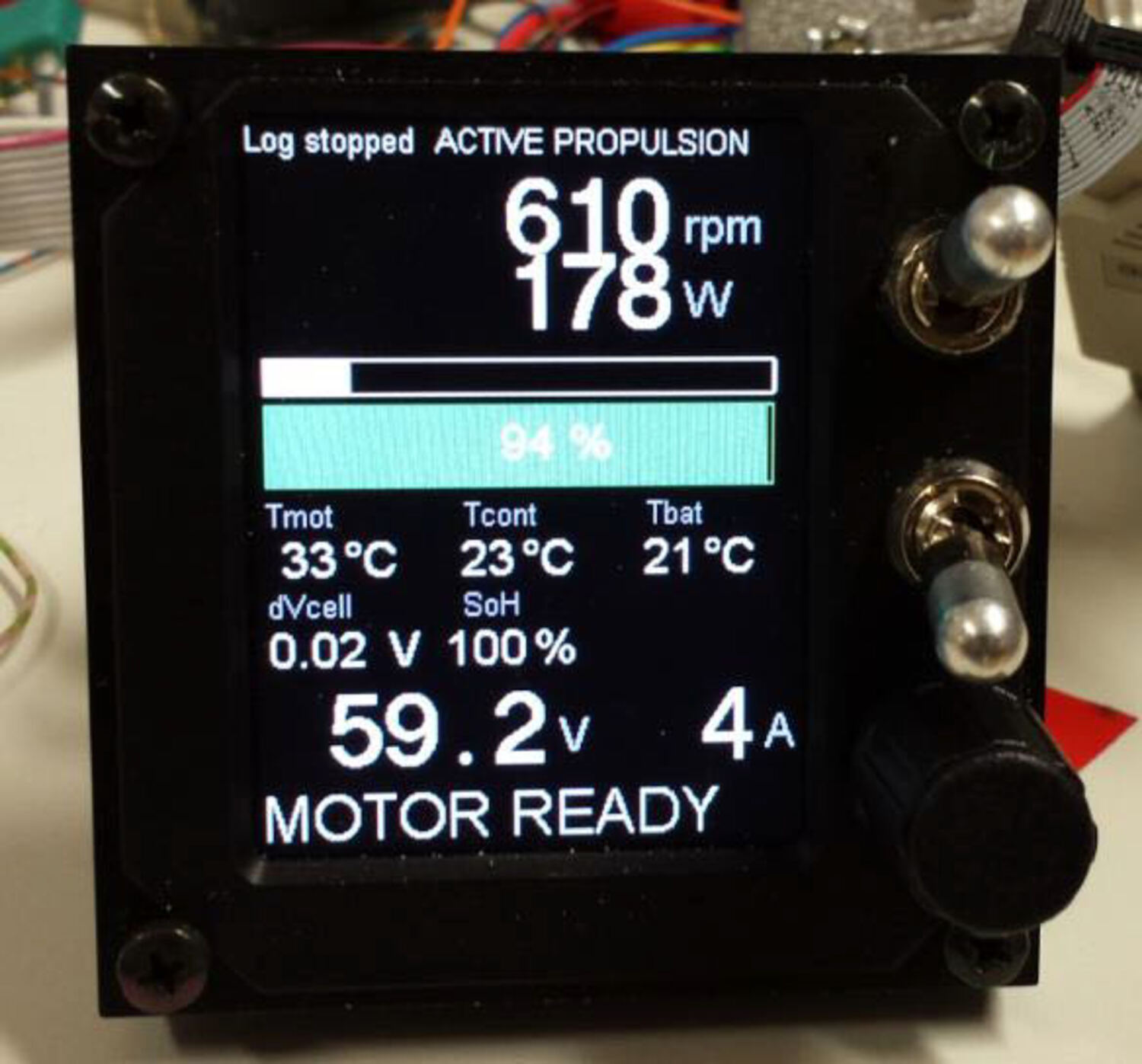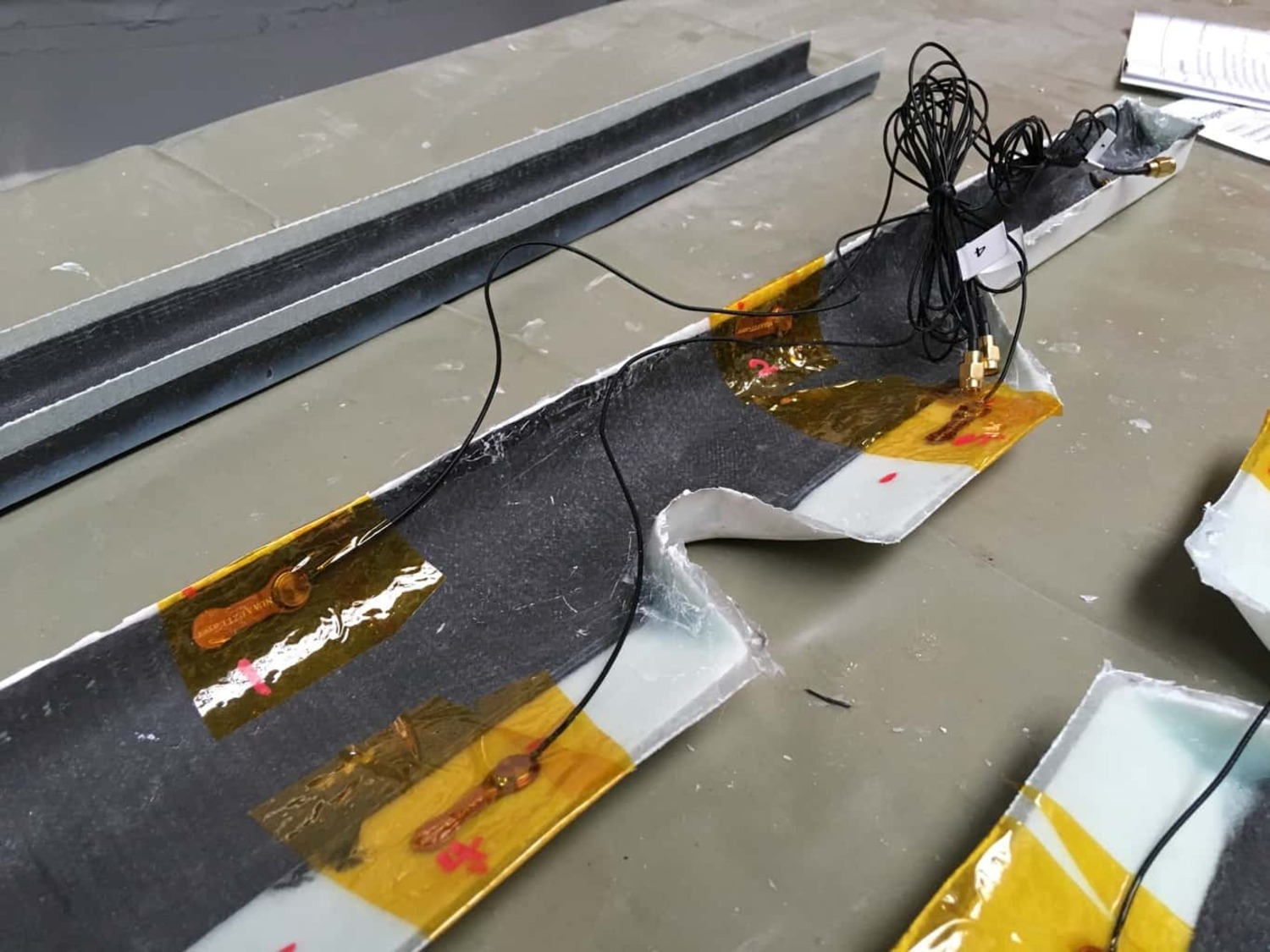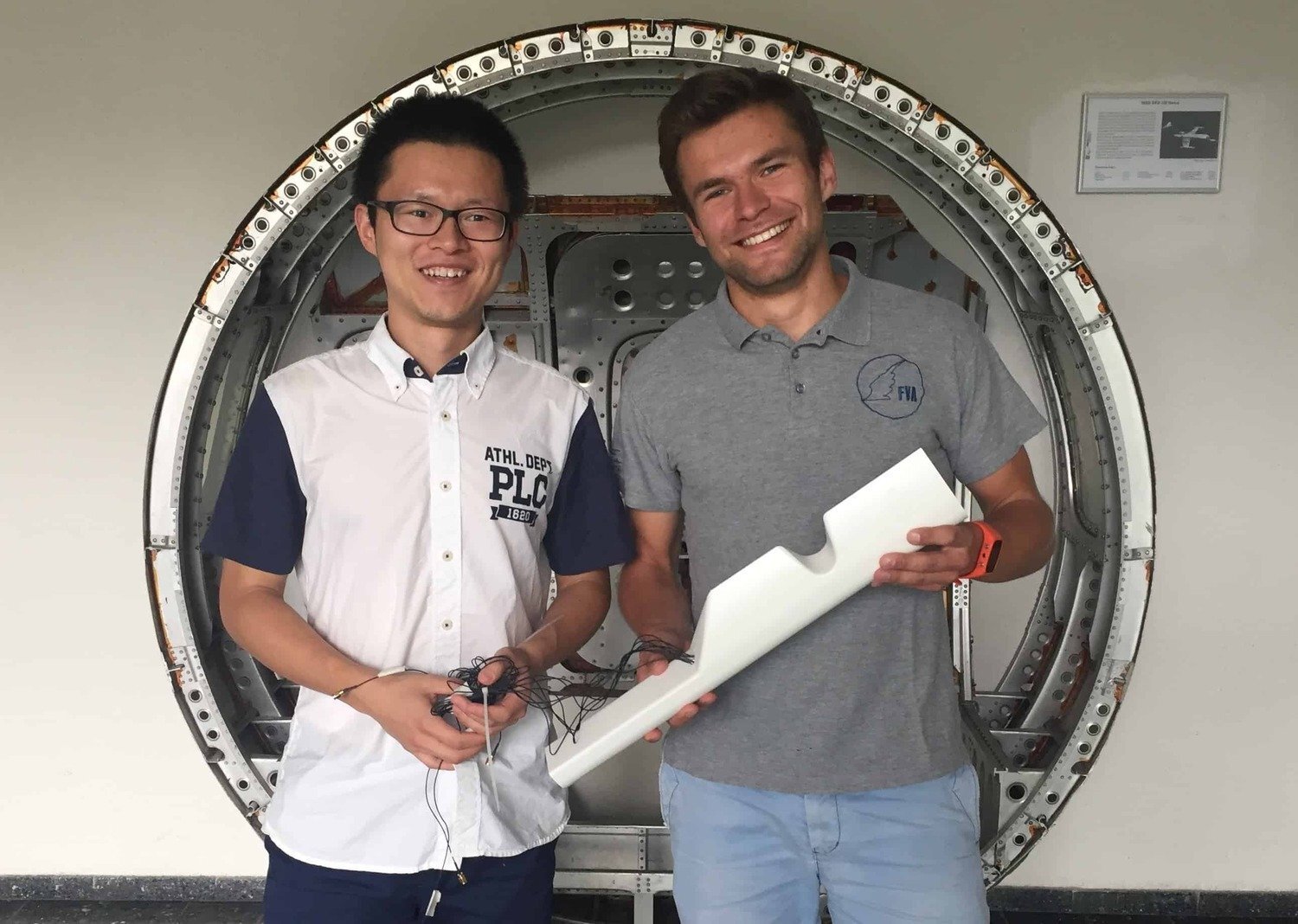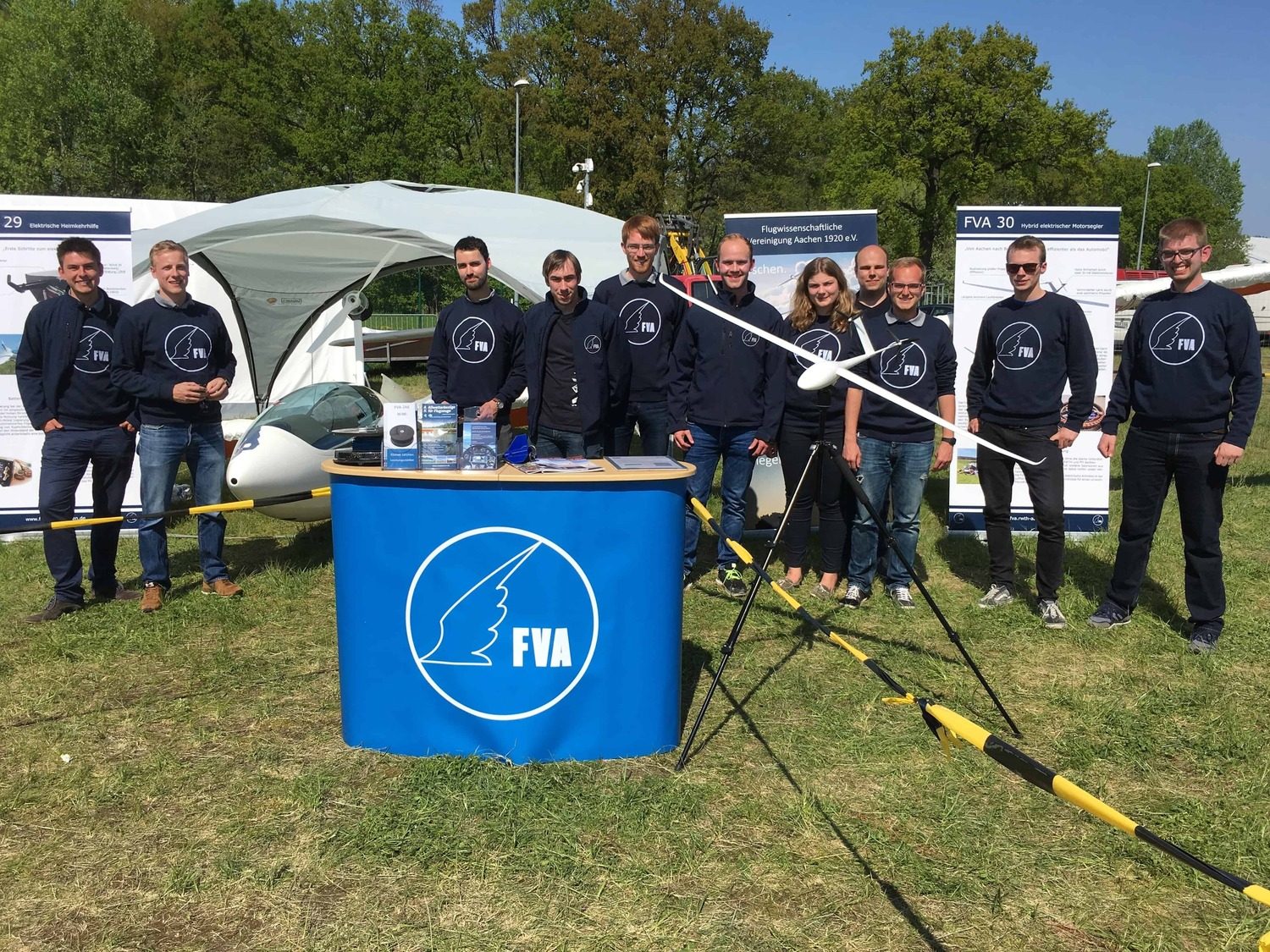Background and motivation
Development history
2015
2016
2017
2018
Integration: Engine Control Unit
2019
2020
2021
Components and approval
In addition to the structural components, the operational reliability of the entire powertrain must be demonstrated. For this, a battery testing program and a ground testing program have been established. More systems will be tested in stages during the test, before the full flight test program is finally flown. For example, the successful completion of ground testing enabled the first exit and entry tests at the idaflieg summer camp. The individual components are listed below, along with the associated verification and required testing.
Battery
Due to difficulties in implementing the cell bonding concept, an alternative battery concept based on cells of type 38.140 S of the manufacturer "Headway" is used, which is constructed from LiFePo4 cells. With a similar battery of the same modular LiFePo system, we did some ground testing of the FVA 29 successfully. For implementation in the motor box of the FVA 29, the number and arrangement of cells must be changed compared to the previous "laboratory battery". the number and arrangement of cells must be changed. The drive battery is the energy storage device in the electric drive train. It is used exclusively to supply energy to the electric motor.
Battery box
The battery box is designed as a black box that must not allow any objects to escape in the event of a crash. For this purpose, it must be able to absorb the total mass of the battery for all load cases and also reliably transfer these loads to the fuselage structure. The box is made of CFRP with insulating GRP layers inside and outside. The box is mounted on three fittings that are bonded to the fuselage of the FVA 29.
Vibration and flutter behavior
Are there changes in the vibration behavior of the aircraft when the engine is extended? This question was answered with a static vibration test. By simulating the corresponding assumed masses and excitation of the glider excitation of the glider, the reactions are checked and natural frequencies determined.
Mast
As a structural component, the mast must be able to withstand the applied loads without breaking. No plastic deformations may remain during a load test. For this purpose, crash accelerations of 15g must be withstood. In addition, the innovative design of the single mast is particularly resistance-efficient.
Propeller and propeller brake
The propeller must meet the structural requirements. The aerodynamically optimized propeller drives at the operating point of 100 km/h with best climb performance. If, due to a fault, the electrical braking force is not available due to the holding torque, windmillling must be ruled out. For this purpose, the mechanical propeller brake provides a sufficiently large braking effect for flight operation.
System Safety Assessment (SSA)
In order to represent sufficient safety for flight operations, a failed system must not pose a hazard. To this end, it is indicated, on the one hand, in accordance with the report on design and construction, that already aviation-proven methods and experiences are practically implemented for the design. The SSA primarily reviews the safety functions of the battery system and analyzes failure chains for severity of impact.
ECU cooperation
Cooperation on the development of a control unit for the electric drive train with Prof. Mysliwetz, Rosenheim University of Applied Sciences
In a scientific work the control unit, (Engine Control Unit (ECU) or EAGLE Control Unit), was developed. Under the name EAGLE, the Rosenheim University of Applied Sciences, together with the RWTH, is preparing the further development and testing of the software for the cockpit instrument for integration into the aircraft and for flight certification. The cockpit instrument is being prepared for integration into the aircraft and flight certification. The system state machine controls the start-up and shutdown of the propulsion system. Compliance with MISRA-C:2012 development guidelines was also required for all developed source code. Algorithms for estimating the charge and "state of health" of the propulsion system's lithium battery were also evaluated in the process
ECU Interface
The Engine Control Unit is the so-called EAGLE Control Unit of the EAGLE project of the FH Rosenheim under the direction of Prof. Dr.-Ing. Birger Mysliwetz.
Description
This consists of a 36x48mm color LC display in the center, two blocking toggle switches in the upper right corner, and a rotary knob with a push button in the lower right corner. The upper toggle switch is called the Up/Down switch, it specifies with its position in which state the system should currently transition. If it is up, the system will start to extend the motor, if it is down, the system will start to retract the motor. The rotary knob is used to navigate in the software and to select the speed, the push button function is used to confirm inputs and messages. The middle toggle switch is reserved for later use and is currently not wired. The display shows the status data of motor and battery. This includes the speed (RPM), voltage as well as temperature values. This gives the pilot the correct overview of the system status.
Subproject: Structural Health Monitoring
Questions? Join us!
Do you have questions about the project or would you like to join us? Then just write us anemail or meet us at the weekly meeting. It doesn't matter which subject you are studying or which semester you are in. We are always looking for motivated team members who are committed to take part in our project independently. With us, you will get exclusive insights into aircraft development and can gain experience in aviation alongside your studies. We are looking forward to you!
Project lead
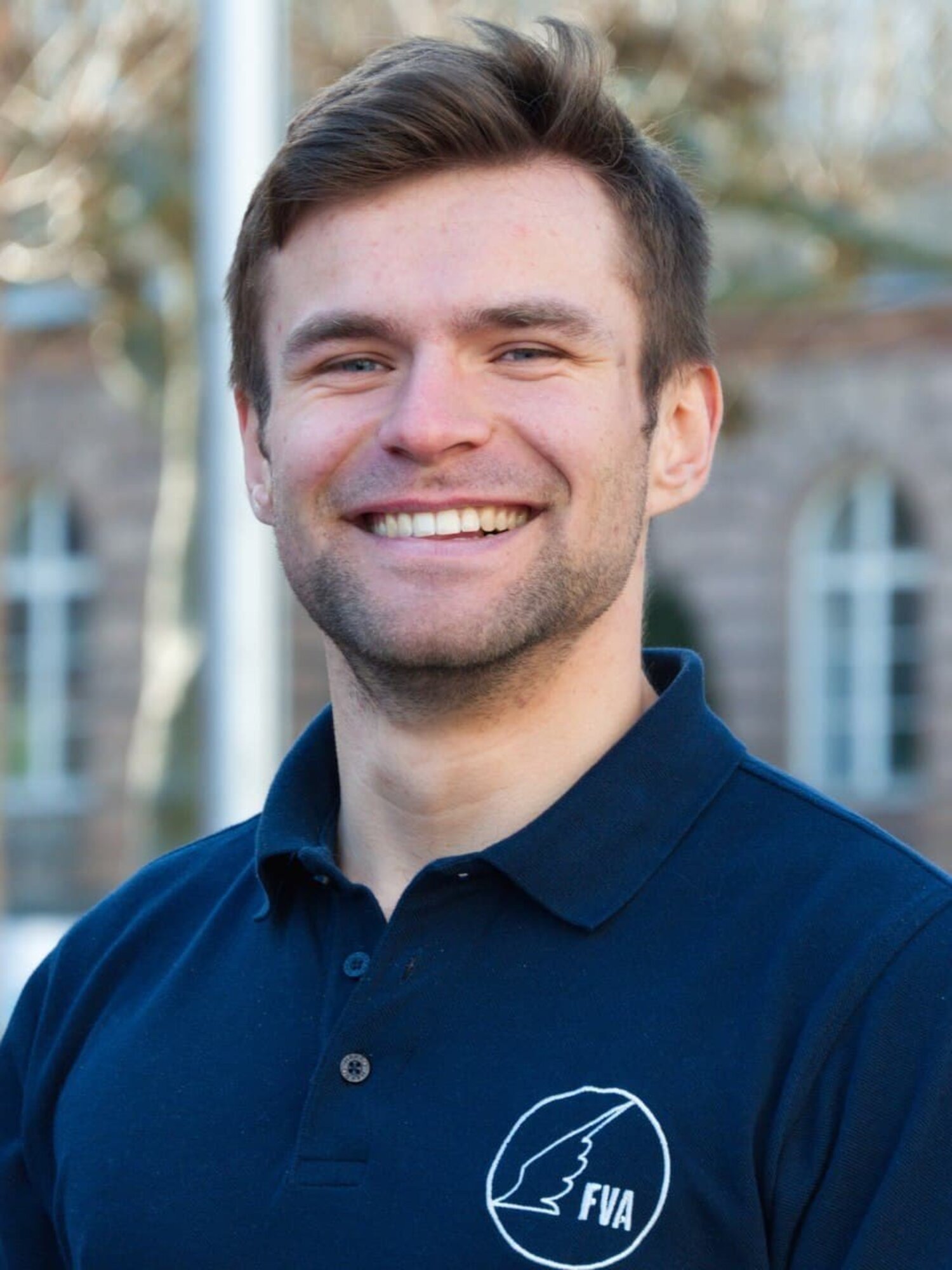
Emil Pluta

Lucas Schwarz
News
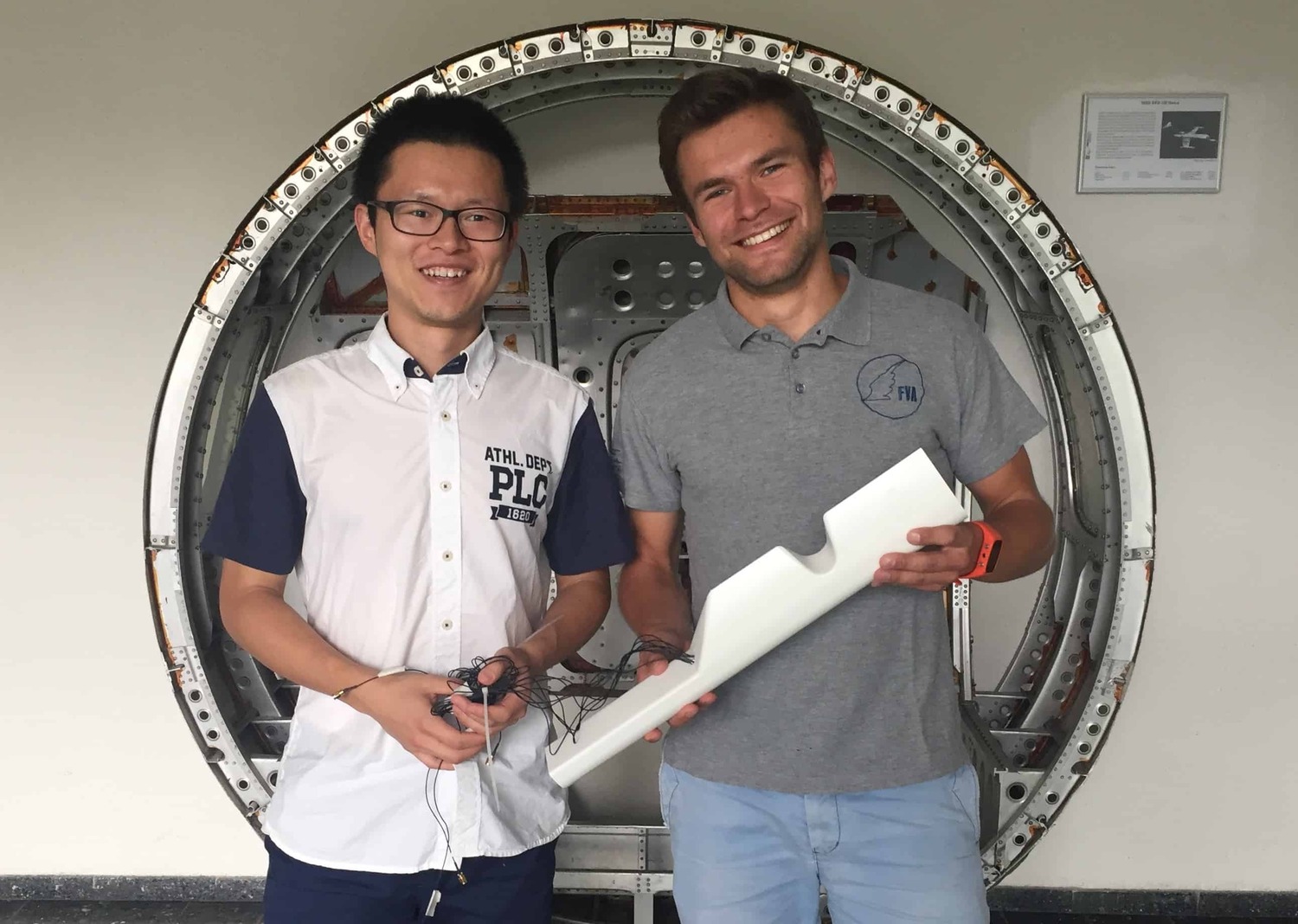
For about a year now, the FVA is cooperating with the Institute of structural mechanis and lightweight construction (SLA) at RWTH Aachen University.
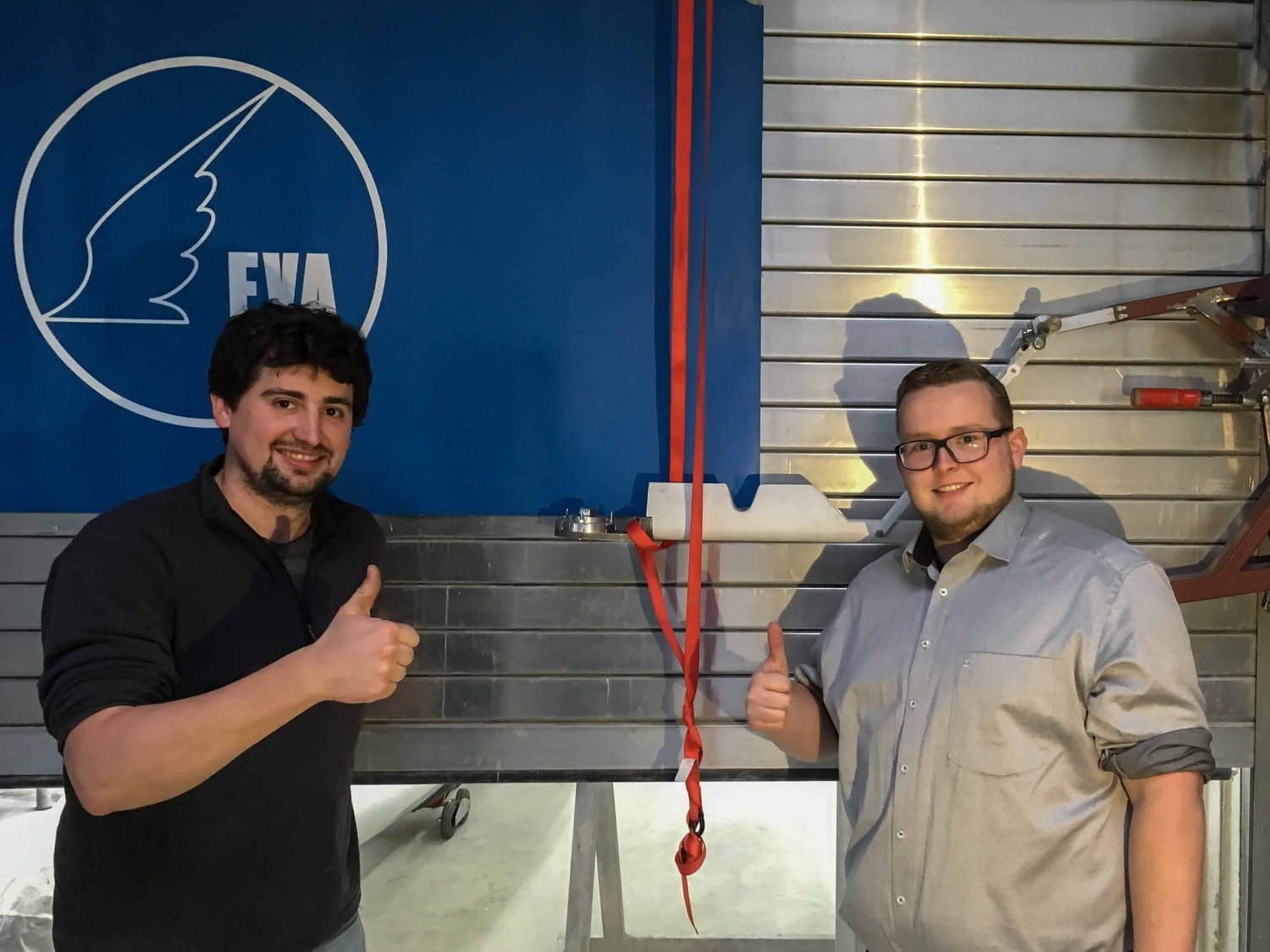
Back in January, we conducted a first test run of the load experiment with an early model of the pole.
